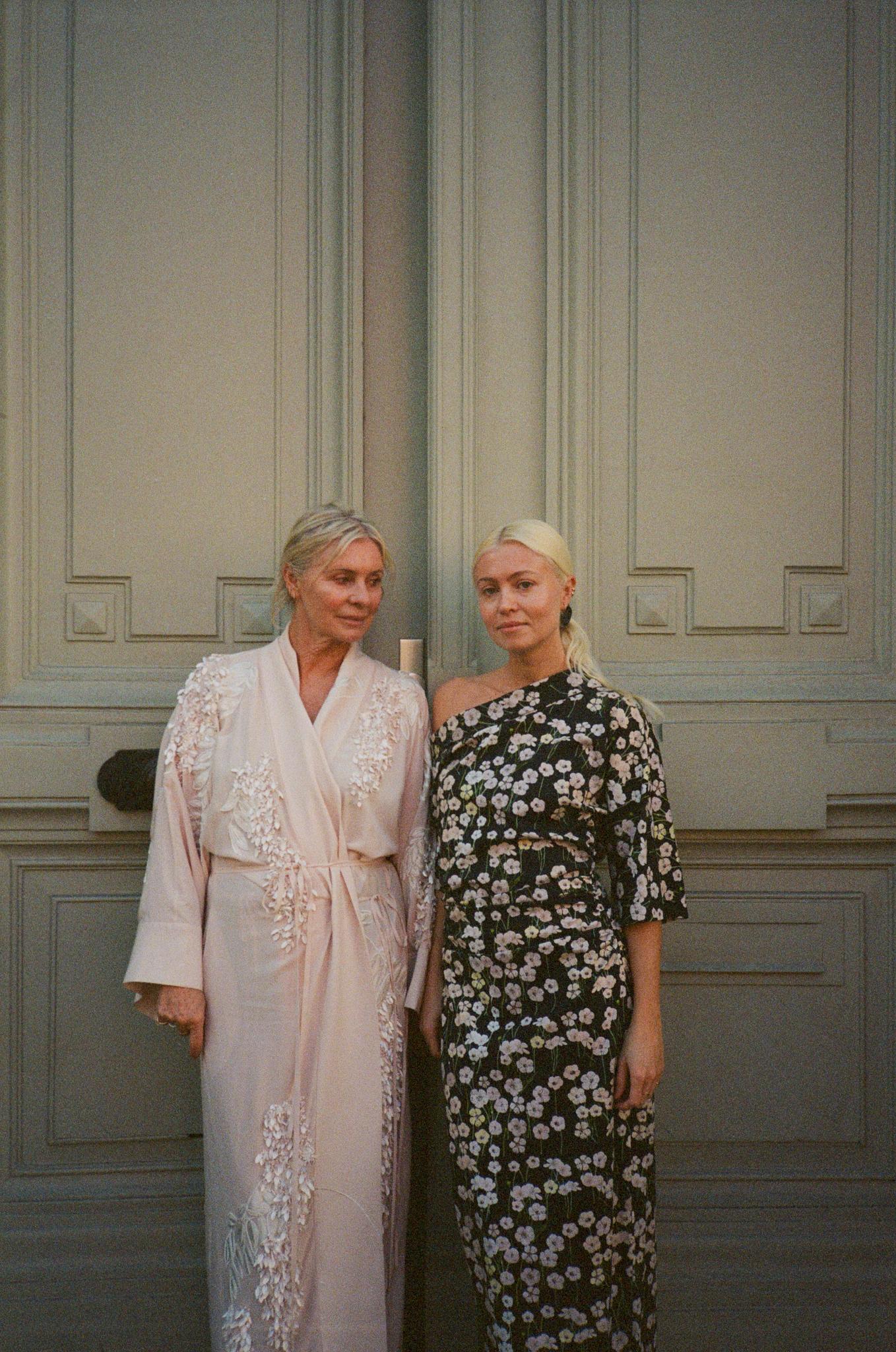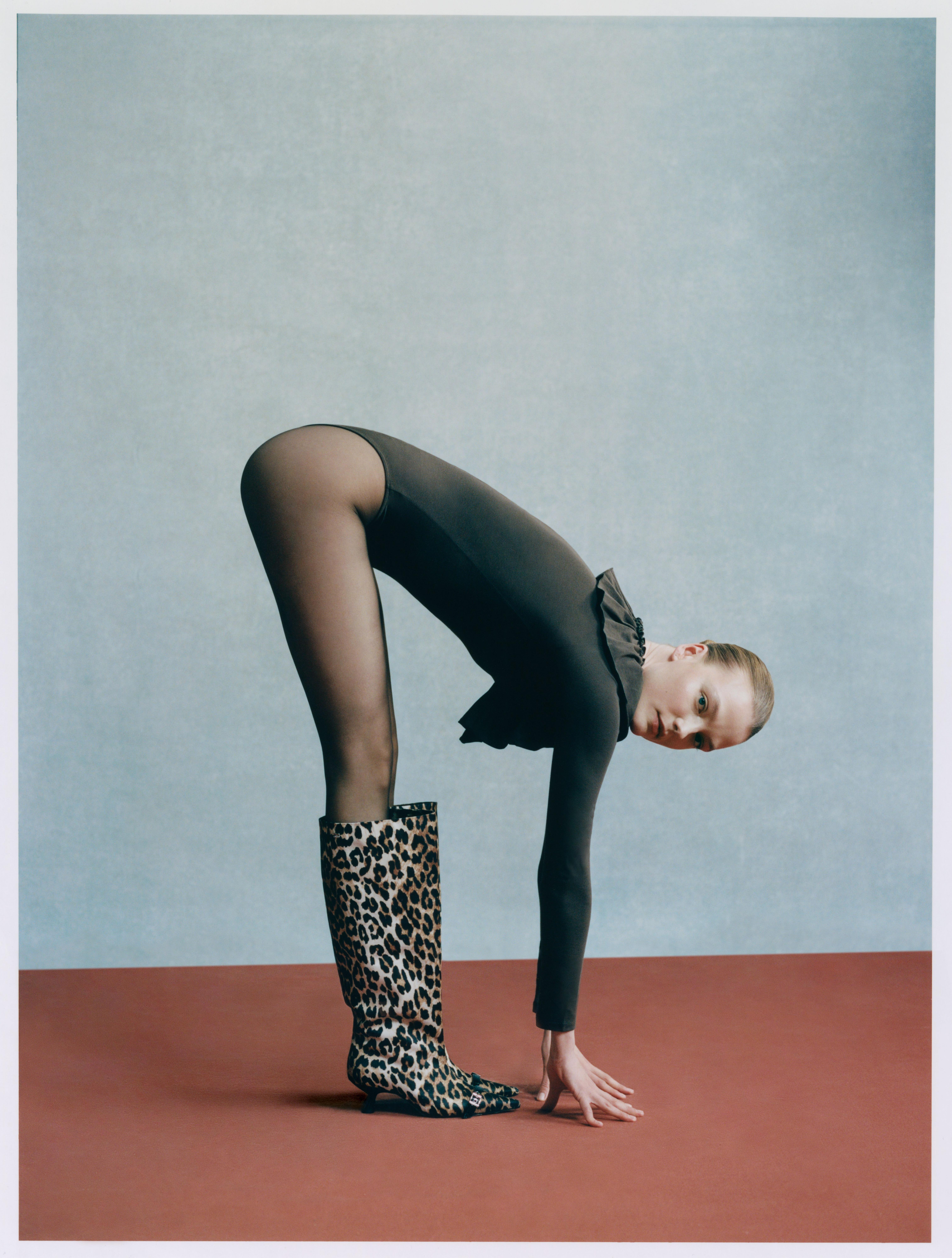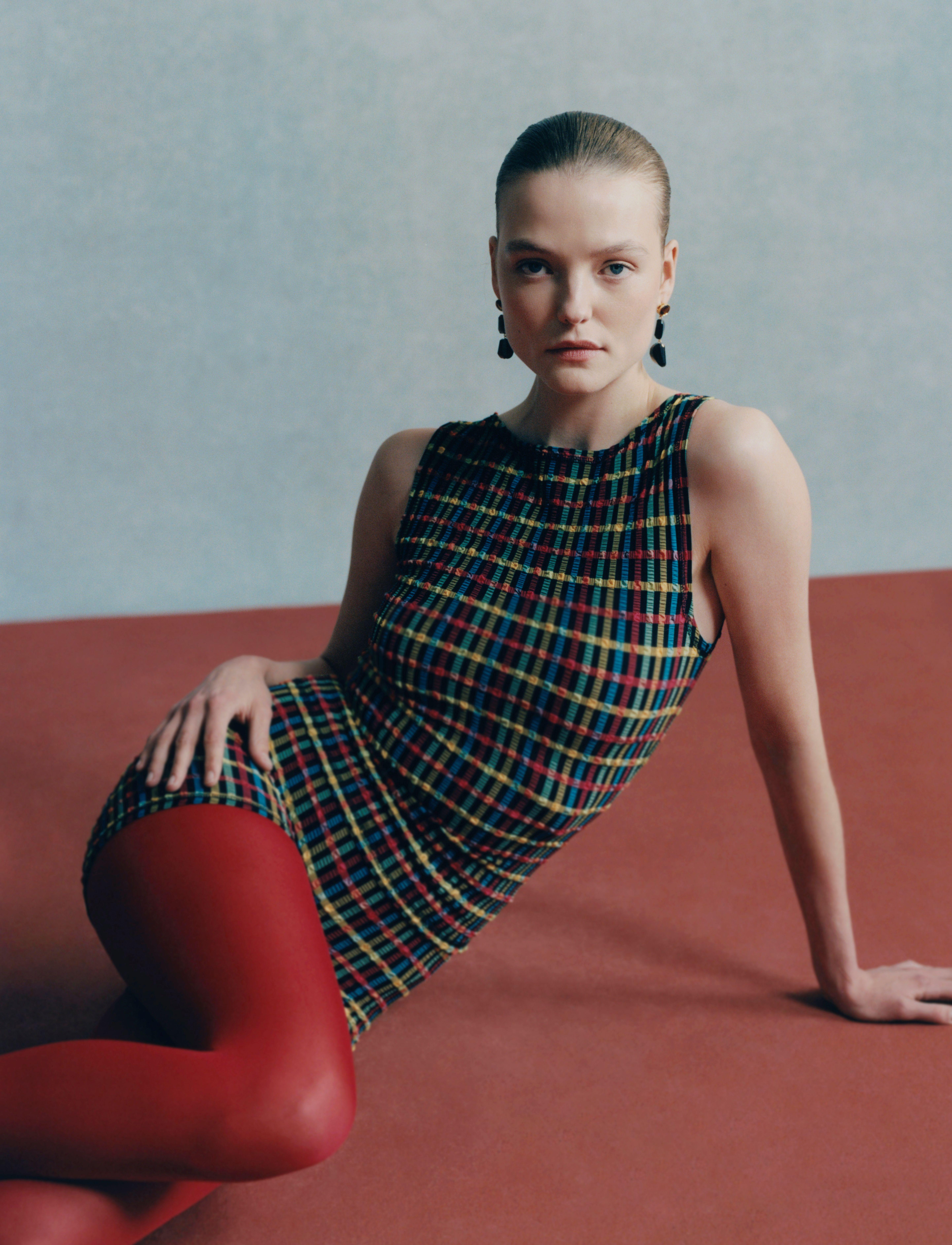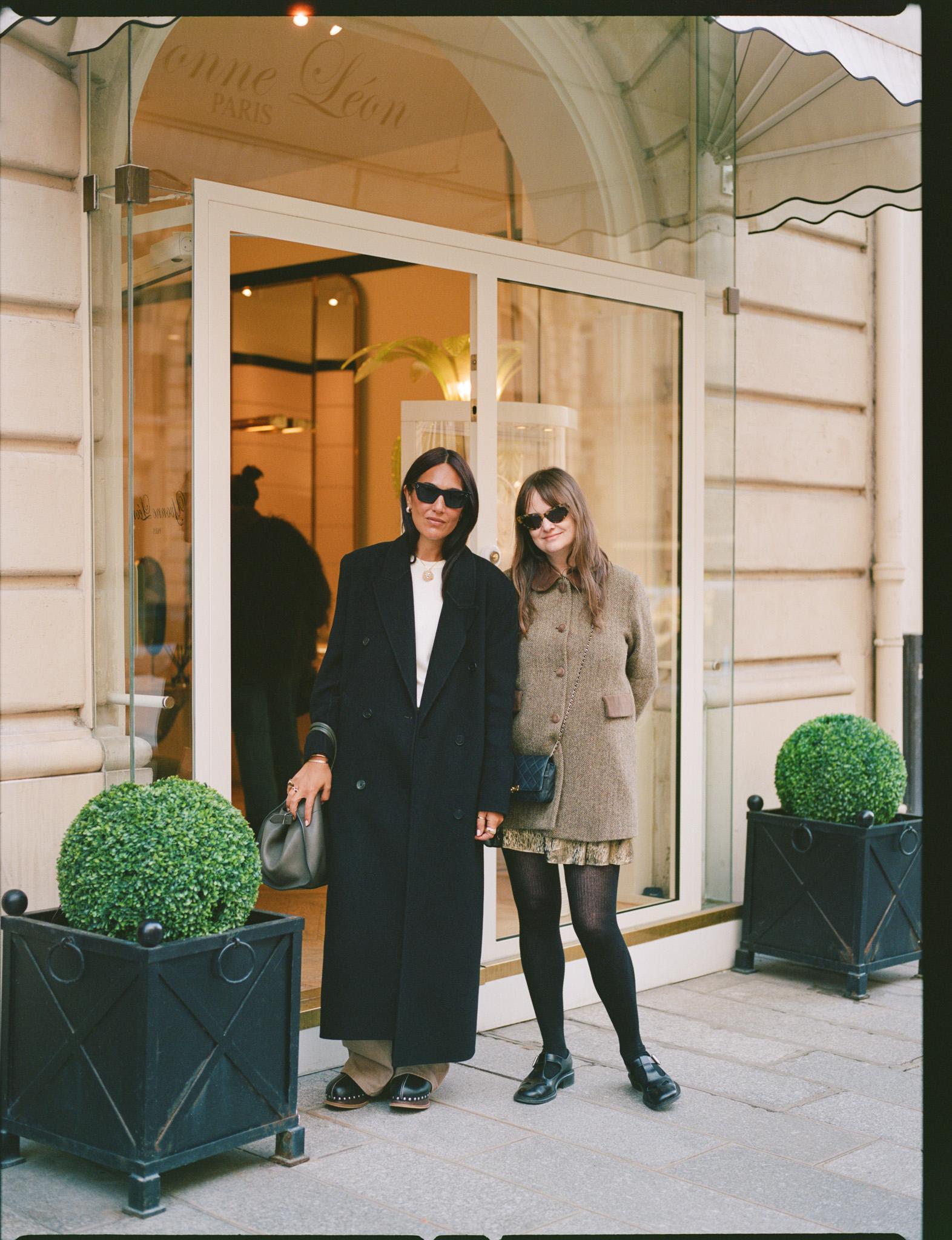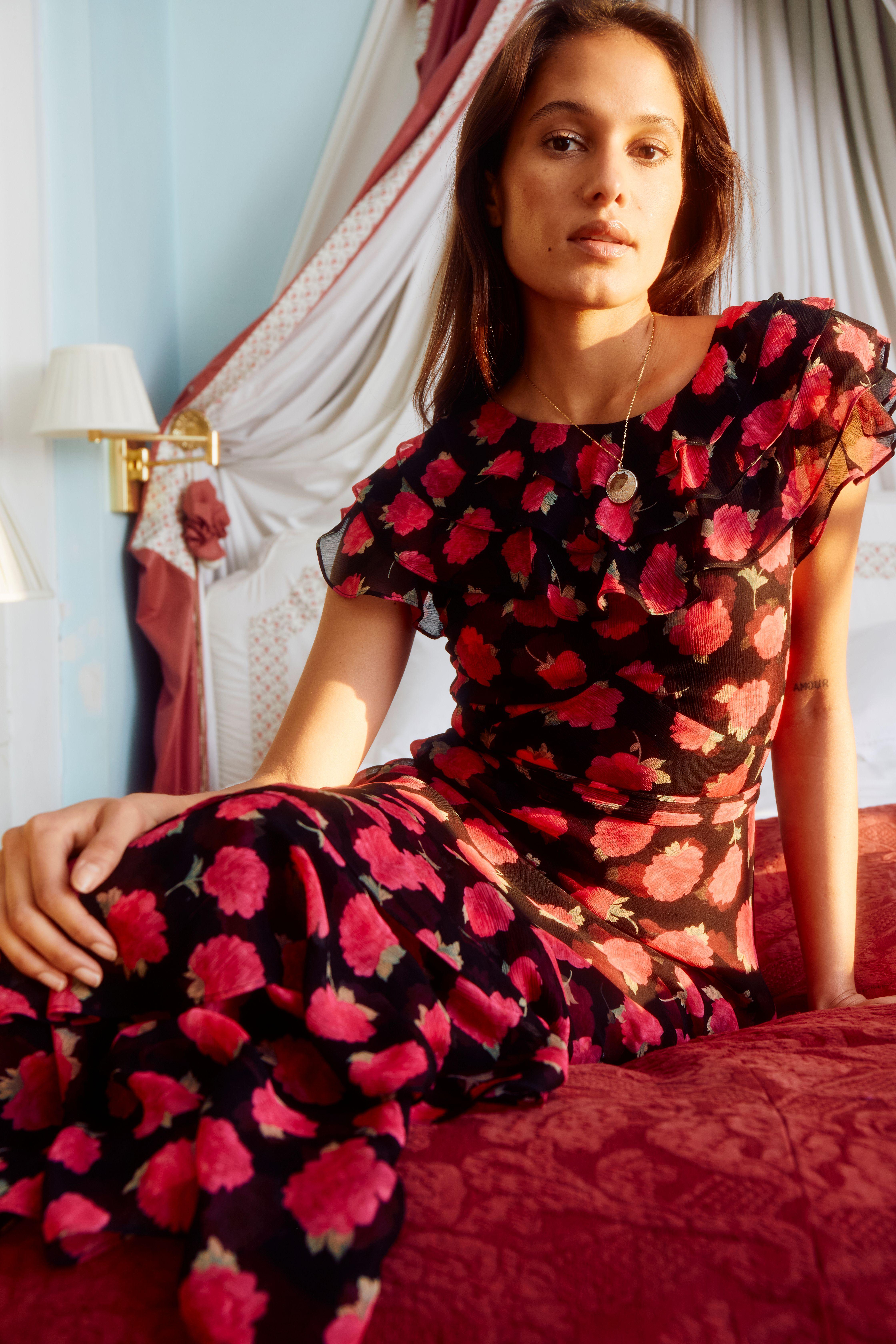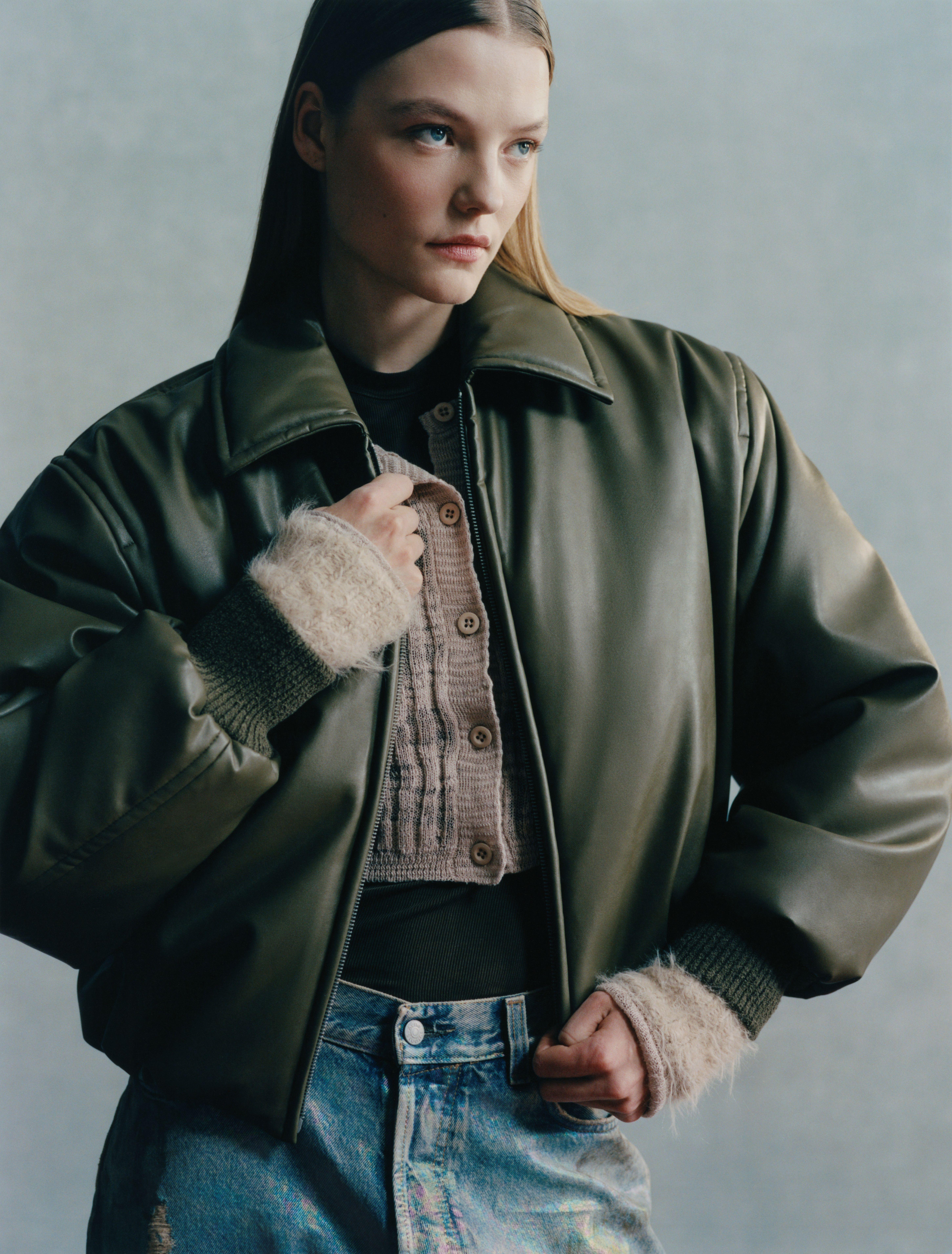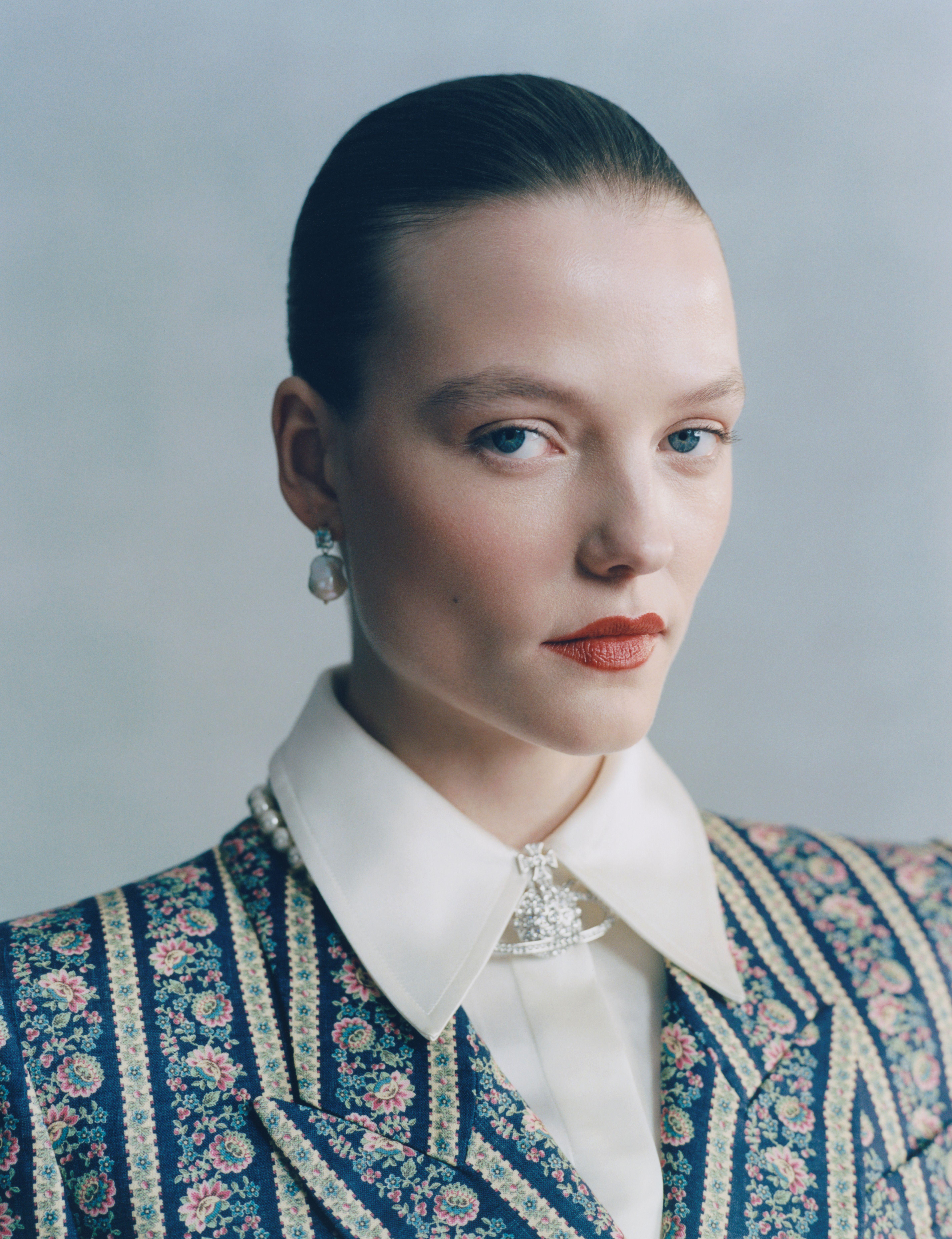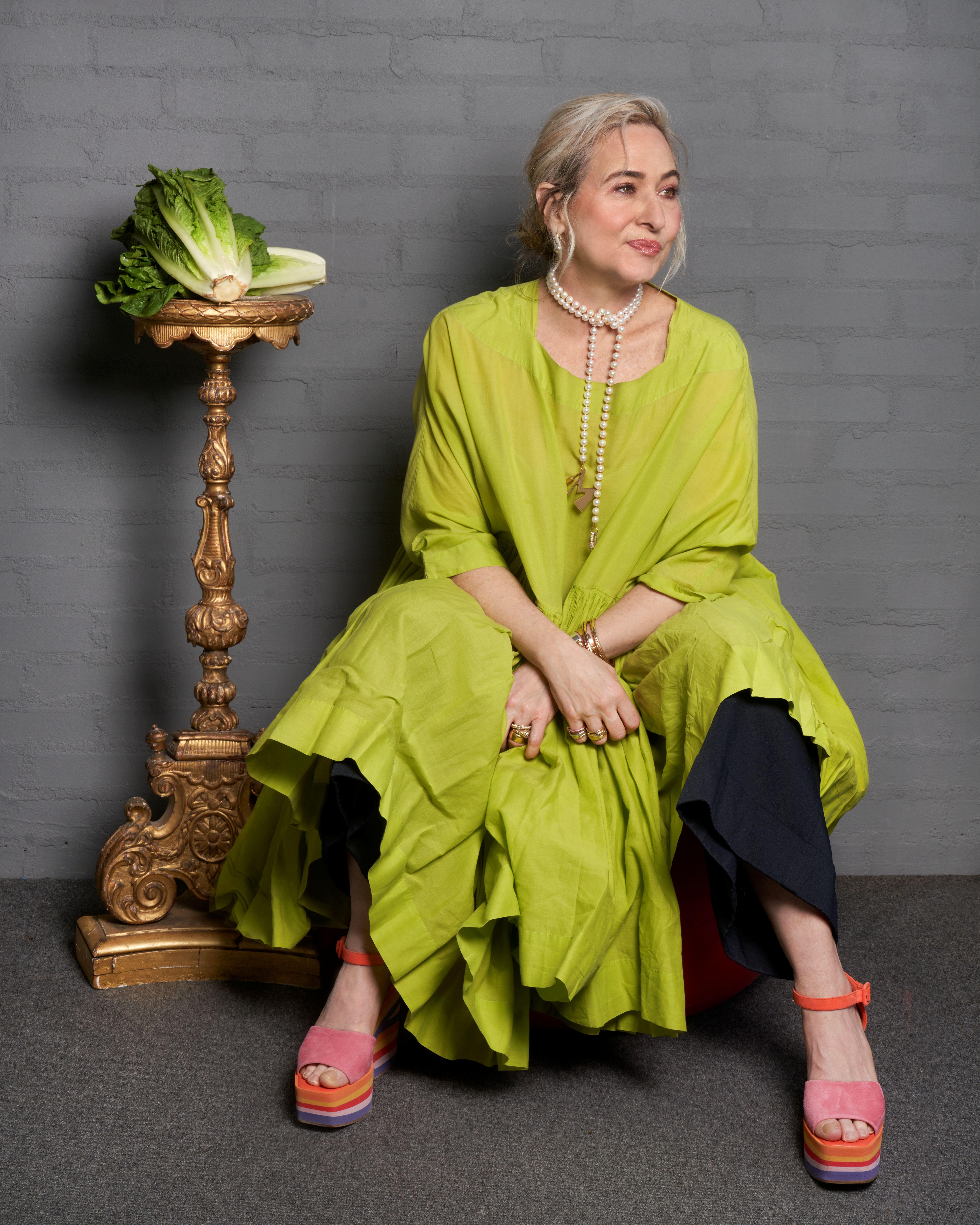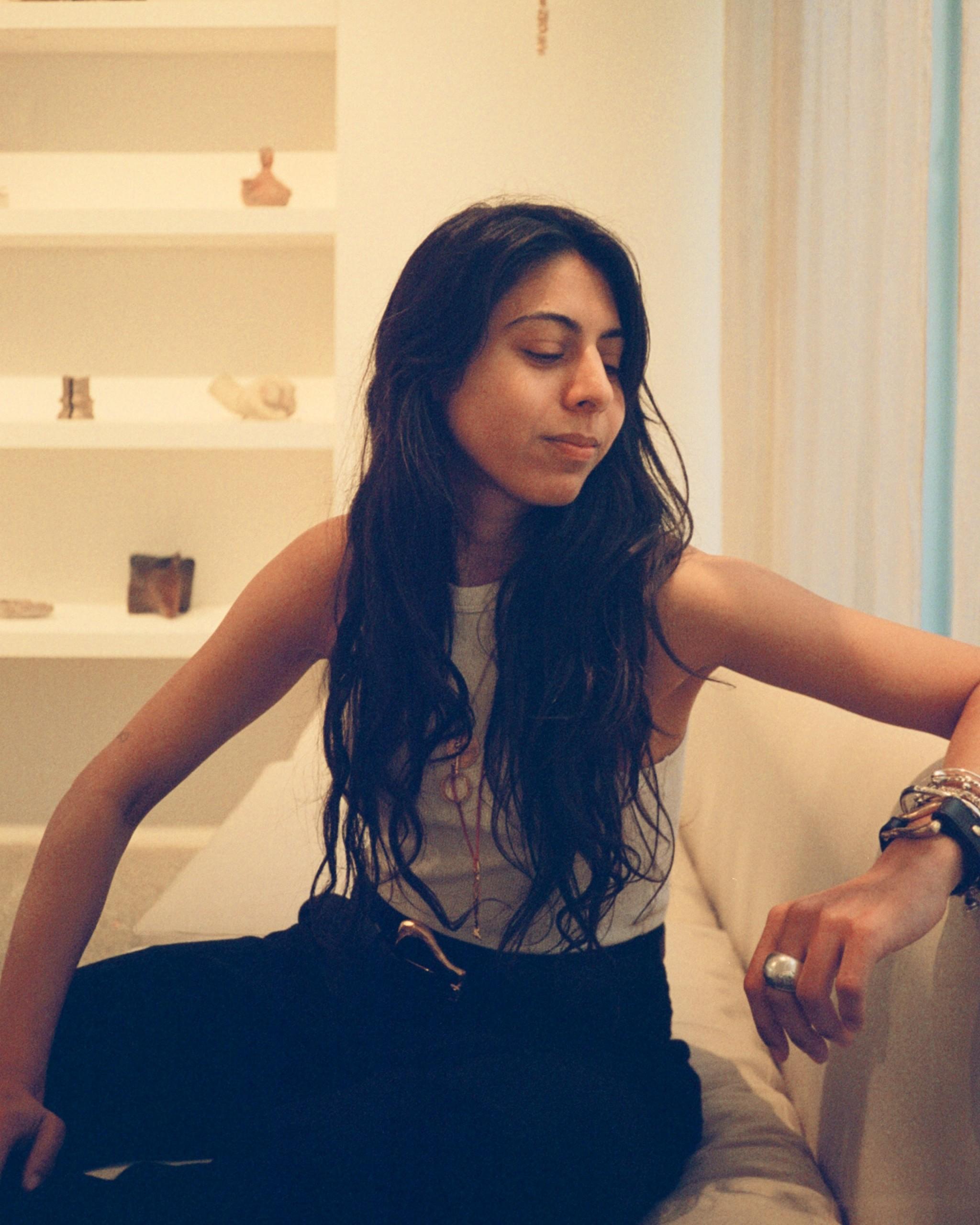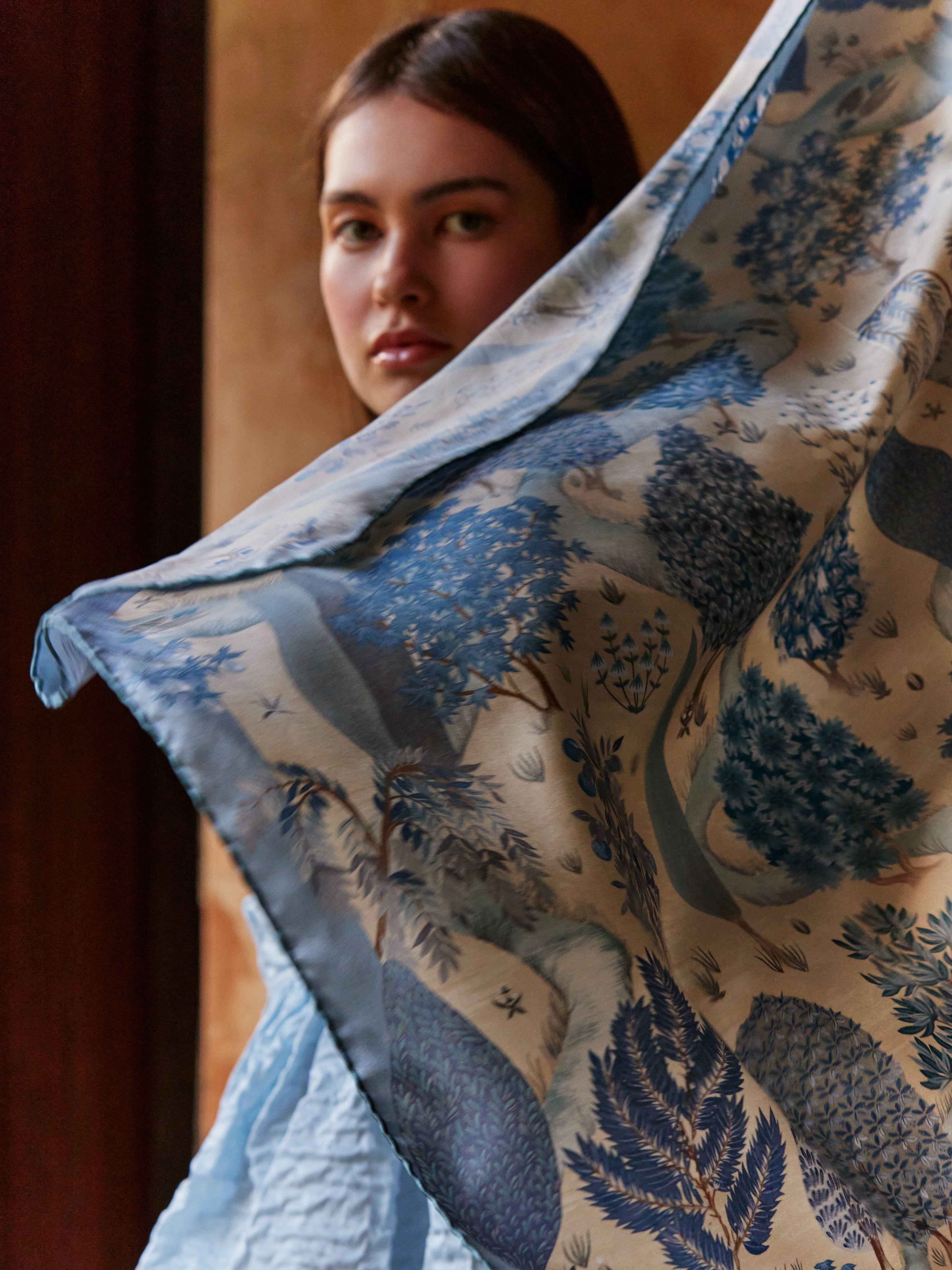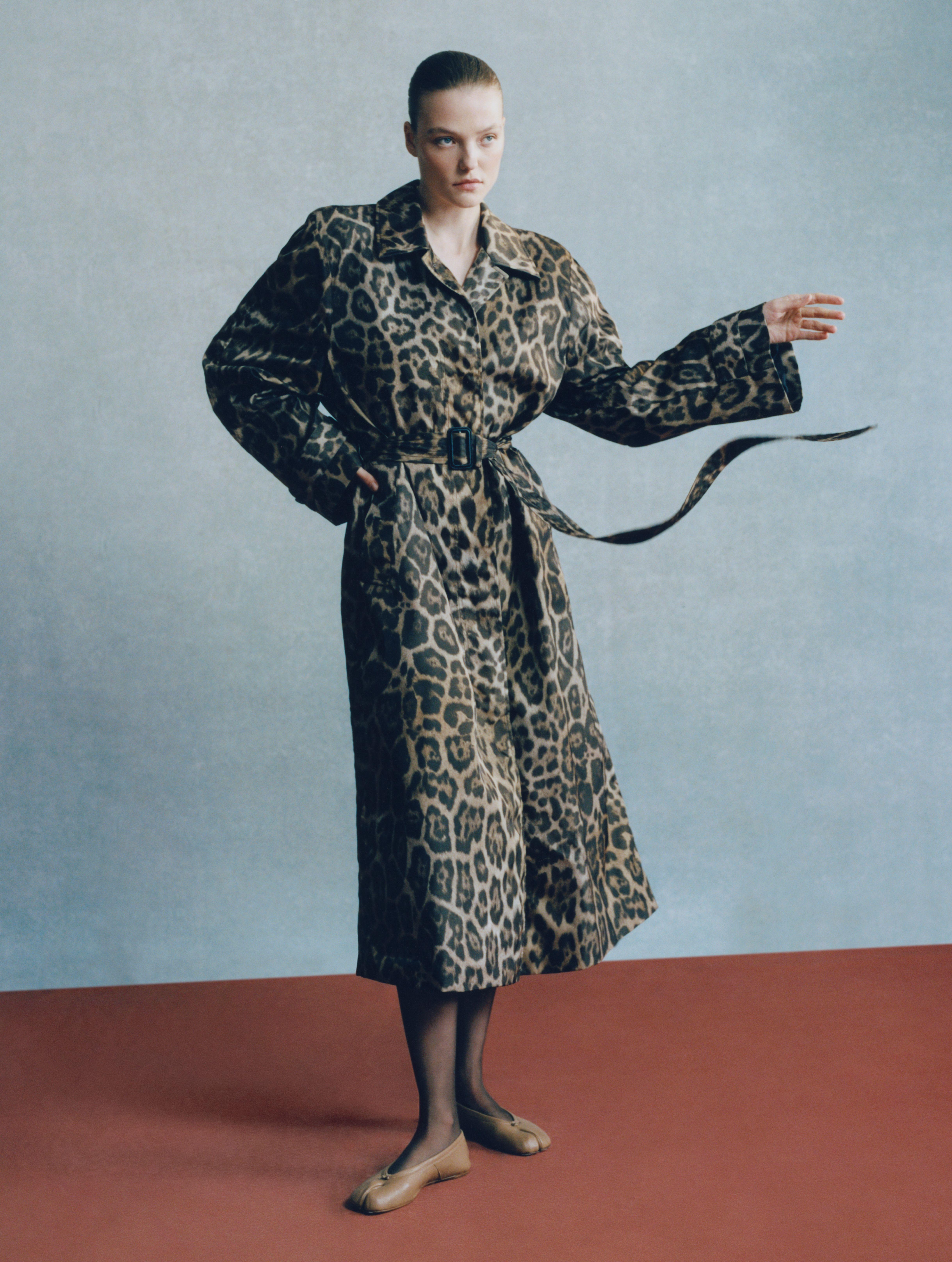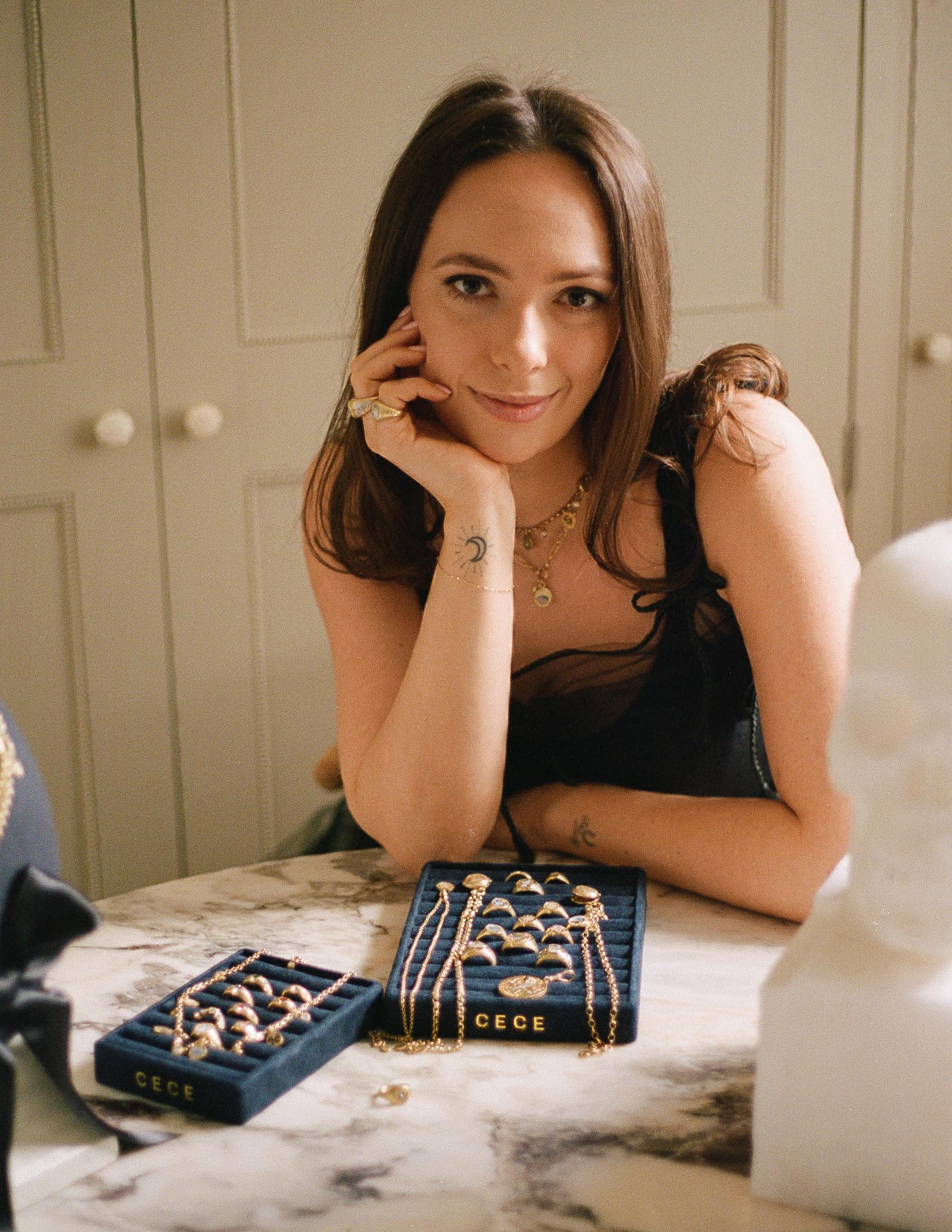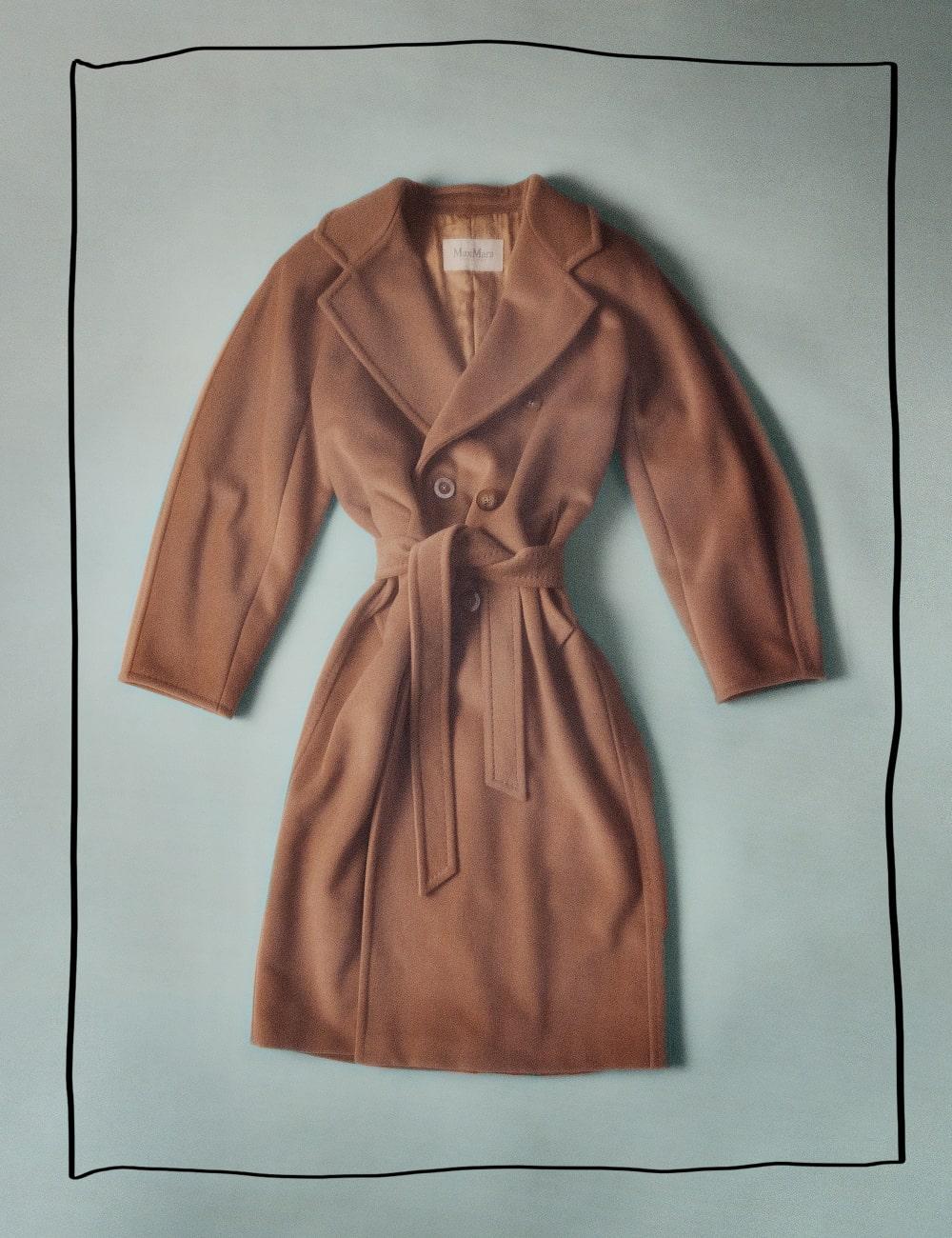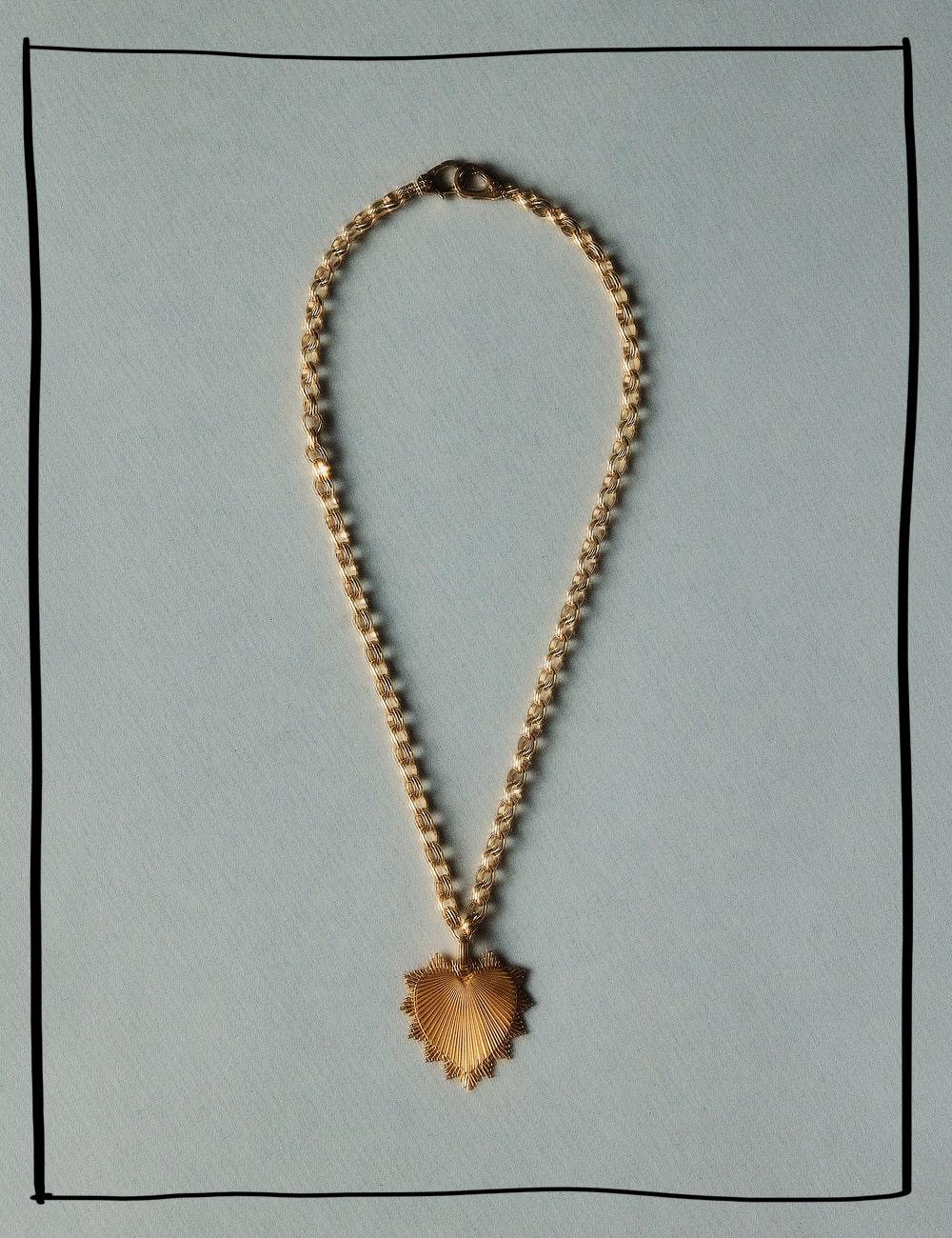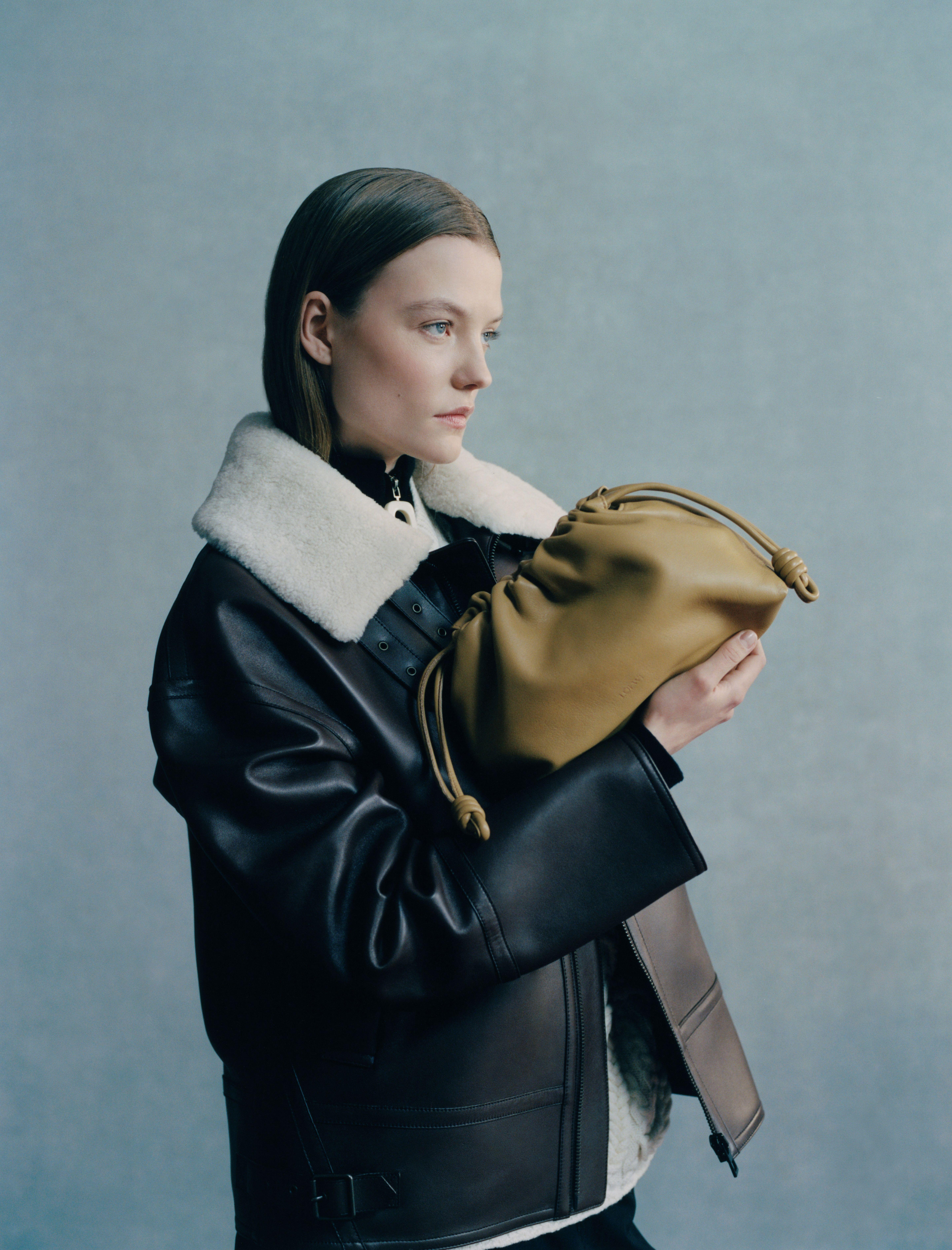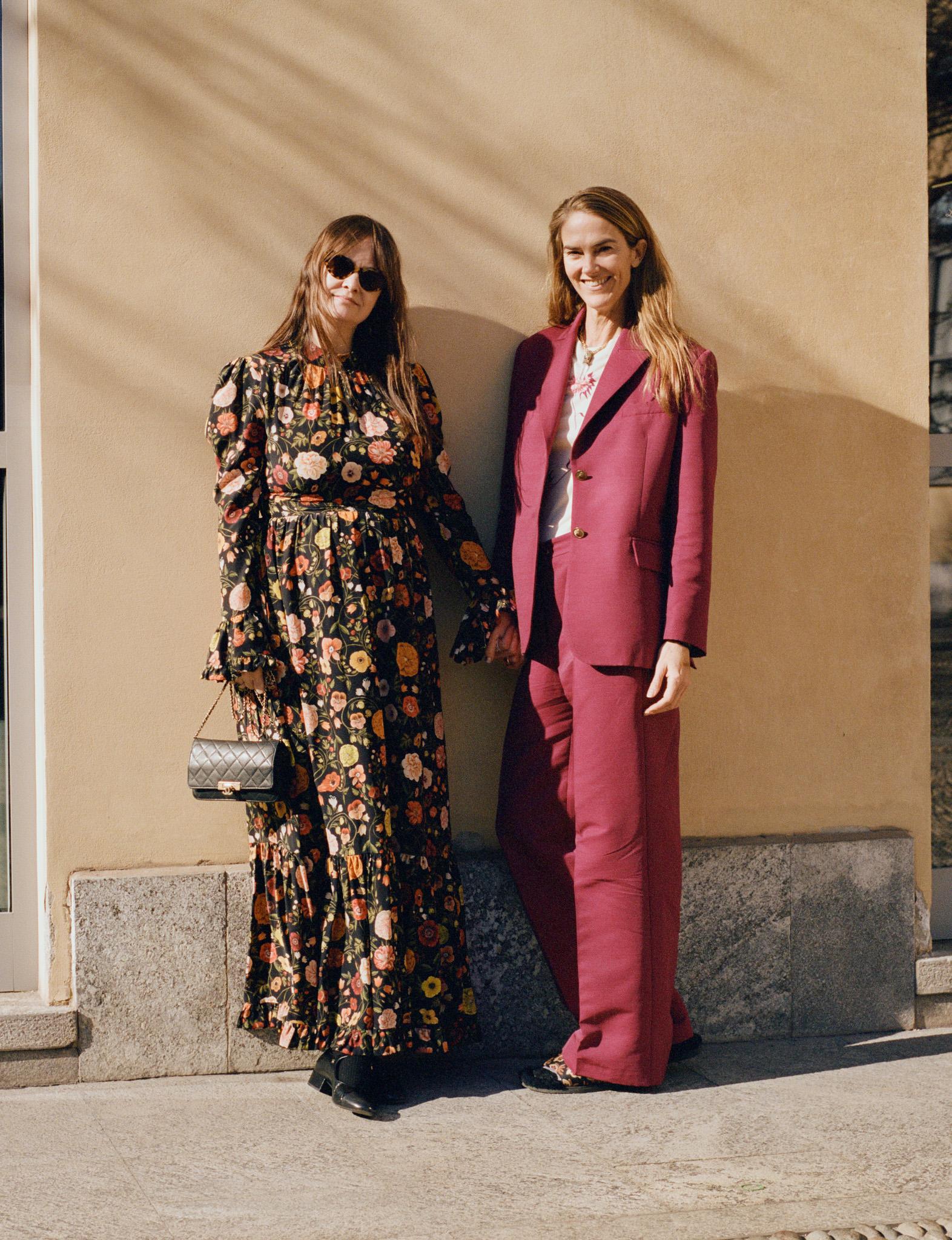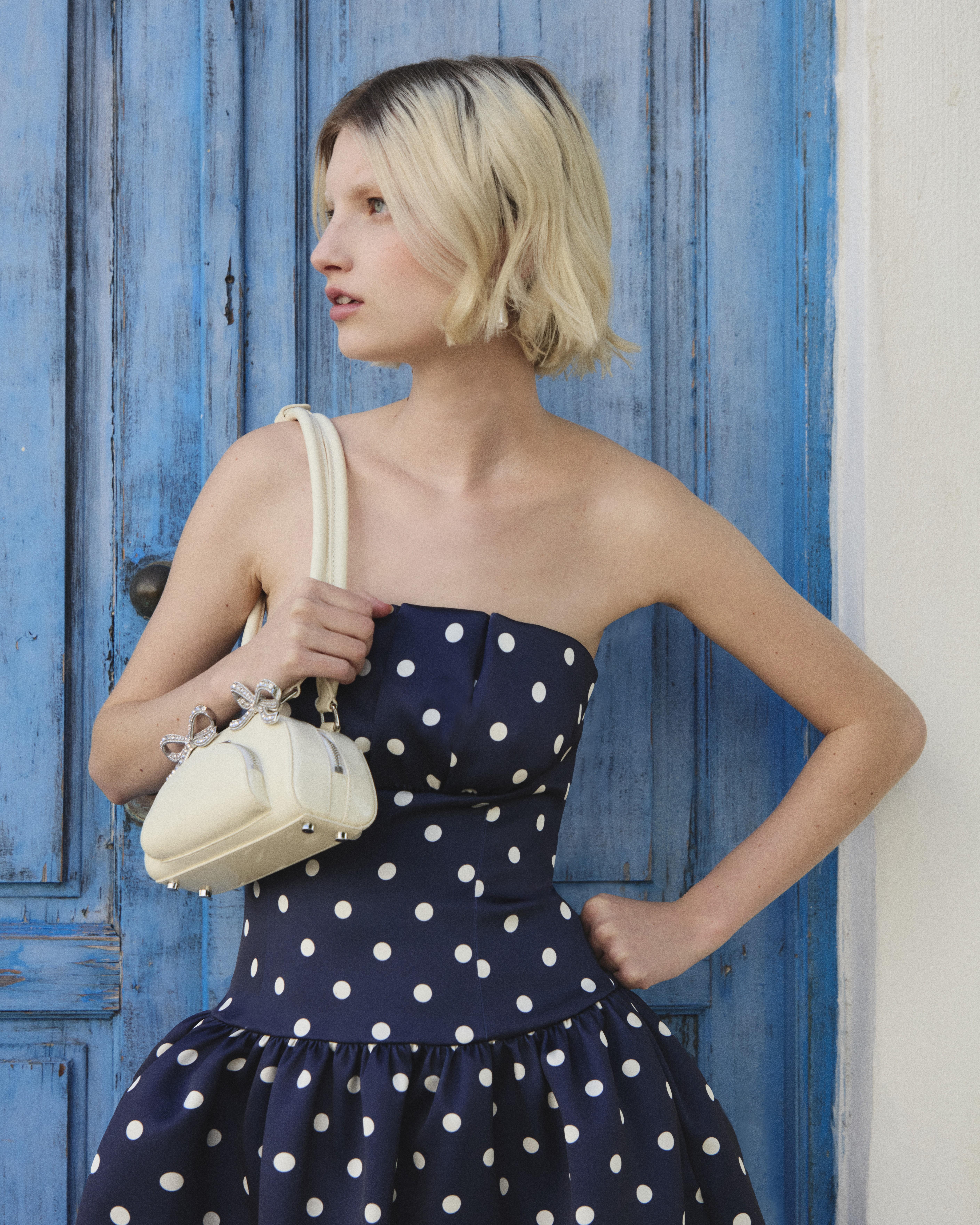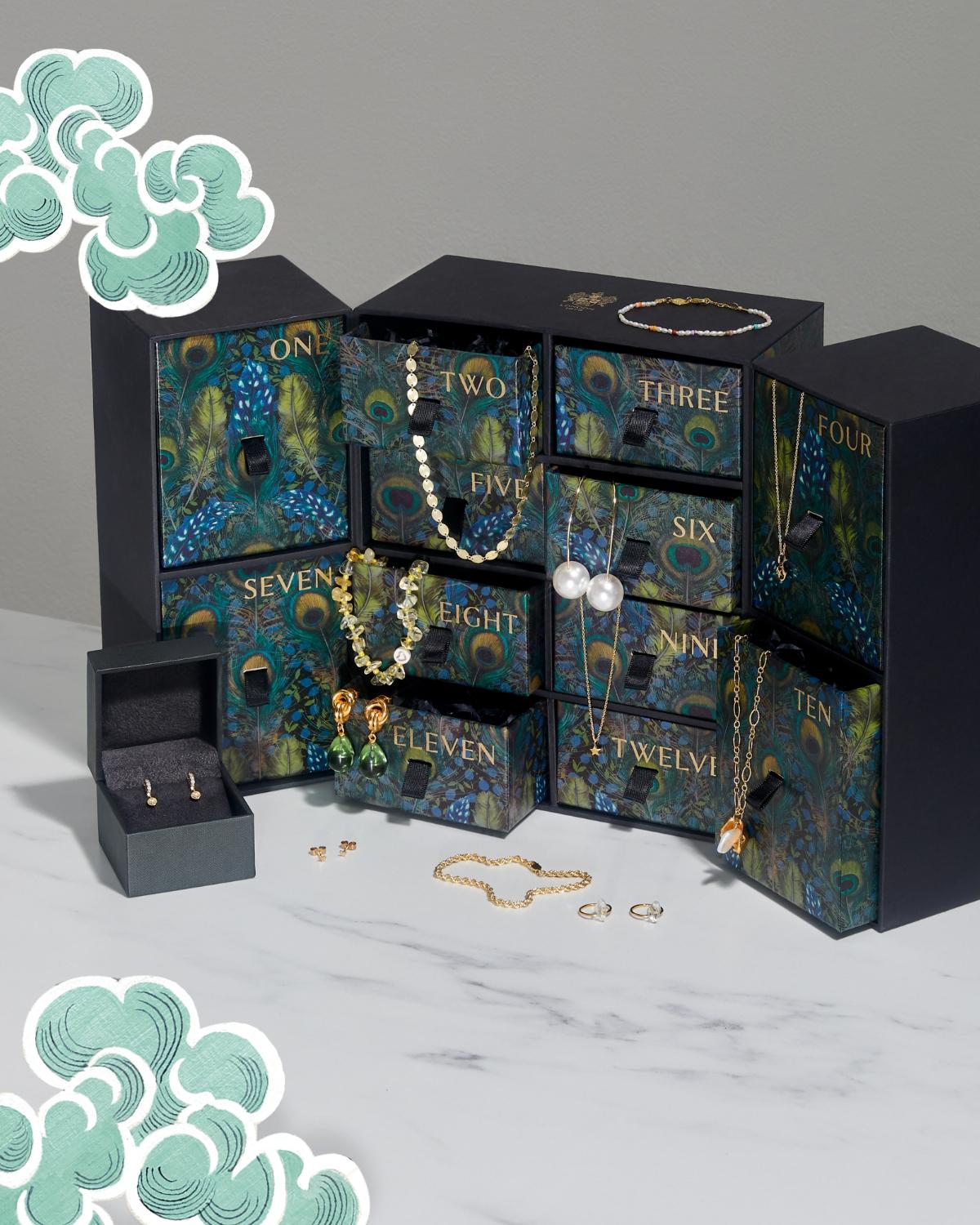Eskandar
The designer talks us through his life in fashion.
Read more
Eskandar
The designer talks us through his life in fashion
Shop EskandarBy: Team Liberty
Inspired by the mix of cultures that make up his heritage, Teheran-born, London-based designer Eskandar transcends trends in favour of traditional silhouettes from his past - resulting in unique collections filled with colour and texture. Having made his mark in the early ‘90s with a debut knitwear collection, Eskandar’s signature fashion line soon followed, transforming tried-and-tested shapes with beautiful fabrications and hand-woven details. Here, the much-loved designer fills us in on the story so far.
You were born to an English mother and Persian father, how has your heritage influenced your work?
I draw inspiration from many different cultures, and I think being born in a vibrant colourful culture that is full of wonderful clothing and some of the world’s best artisanal crafts has influenced and still influences me greatly. I draw from ancient tile work for some of my prints and currently love Iznic, Persian and Moorish tiles. All cultures inspire me but the Persian culture is particularly rich and diverse.
Have you always wanted to create?
I have created in one way or another as far back as I can remember. But I always seemed to combine it with the business side and try to sell what I made. As I child I used to collect the dark grey sand from the Caspian coast when we were on holiday and I would make sand candles that we used outside. I also macraméd extensively and sold belts, and intricate plant hangers!
How did you learn your craft?
Having always been creative, I enjoyed my Persian grandmother teaching me to knit. However, I only really made small pieces like scarves for my teddy bear until I was older. I actually retaught myself how to knit when I was finishing at university and after that started making and selling pieces. I have no formal training at all, but seem to get by with a clear vision of what I want.
How did your namesake brand come into fruition?
After knitting for a few years and hosting selling events from my parents’ house, I took a small office in London’s Lots Road and then a very, very small shop space. I started with a small knitwear collection which was all hand loomed on traditional machines. One day Dawn Mello from Bergdorf Goodman came to my studio and said she felt the cashmere and quality was perfect for her American customers. She very quickly sent her buyer to London who bought several styles that sold out in four weeks! After that, it seemed other doors just opened. I have only ever showed my collection privately and feel very fortunate that I have been able to choose who I work with.
How would you describe the Eskandar aesthetic?
‘Understated luxury with an architectural edge’ was a phrase once used that has resonates with me. I draw inspiration from different cultures and use noble fabrics to create an understated flow that is sensual, elegant, and artistic. I never follow fashion and always stay true to my vision.
Do you have a certain woman in mind when designing your collections?
Never! As soon as I start handling and draping a fabric, I know what the fabric wants to become. I do however think of specific customers when a garment is finished and often say Mrs. X would look great in this!
How important is fabrication to you?
Fabric is the most important thing in my creative process. Everything starts with fabric choice. Even with knitwear, we first create a length of fabric from the yarn so that I can drape and feel and understand the fabric. Nothing moves forward until I am happy with the fabric and feel that it will work for my aesthetic. That is why I work closely (and have for many years) with what I consider are the best mills in the world to create many unique fabrics.
What are your favourite materials to work with?
Any noble fabric speaks to me in some way. It just has to have a certain look and feel, which changes from fabric to fabric. When it’s right I know it. I use a lot of cashmere but it’s a long journey to find exactly what I like. I love using cashmere, silk, and linen but I will reject over 95% of fabrics that I see. As I said, when I see the right fabric, I know it.
What role does tradition play in your work?
Historical clothing from different cultures have been the single greatest influence on my work. I have collected an extensive archive of French peasant shapes, Tibetan, Chinese and Japanese items as well as a huge library of reference books of different cultures. I not only draw inspiration from traditional clothing but also from artisanal architectural features such as tile work, metalwork and jewellery. I am always collecting and adding to my archives and library. I am currently working on a Unique and Limited collection of styles that are fully inspired by traditional shapes of several far eastern cultures.
You grew up in Tehran, are you inspired by your environment?
We lived in Tehran when it was fast emerging as one of the cosmopolitan capitals of the world. I travelled frequently to both Europe and the Far East with my parents from a young age. This gave me a great insight into very different cultures, not only from a fashion perspective, but also from a lifestyle point of view.
Aside from design, do you have any other creative outlets?
I truly believe that when someone has a strong creative side creativity comes out in everything one does. Food is my main passion and I love cooking but I also decorate, design my shops, collect and regularly remerchandise my homes by moving things around.
